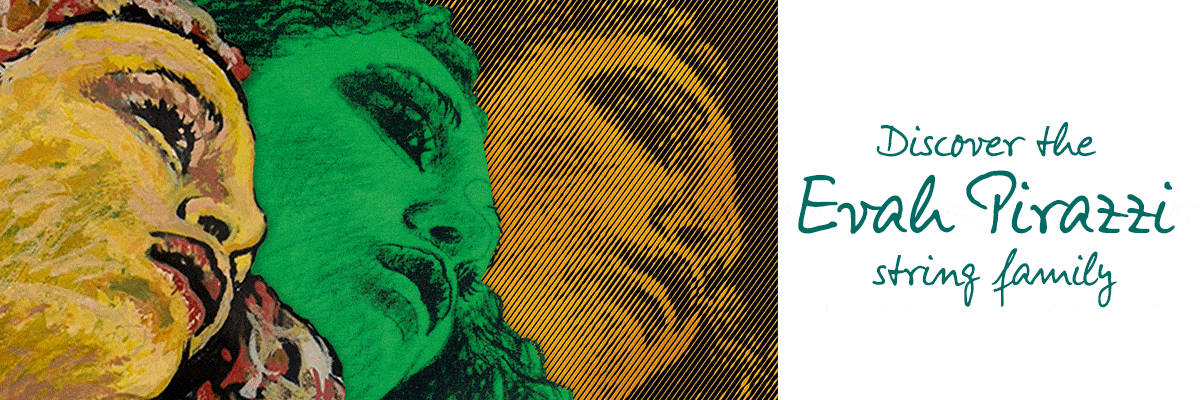
Tone I
February 28, 2007 at 4:15 AM
When I was a teenager, one of my favorite LPs (pre_CD recording technology for the younger ones) was a collection of opera arias sung by the baritone Robert Merrill. When the family was out I would try to sing along. Occasionally my mother (a very well trained singer who had been offered a career) overheard me and gently chided me for trying to force my voice.Mom tried to give me some lessons but I thought that my voice sounded weak and pale when I did it her way so I gave up on vocal training. Now years later I am beginning to understand what I missed. I didn’t learn very early that big voices are the result of very careful training of the whole vocal apparatus and years of cultivation. You can’t get a big and pleasing sound by just trying to belt it out.
I purchased a new car recently that has satellite radio (XM) installed. Channel 4 on XM is devoted to recordings from the 1940’s. What an ear-opener this has been. The singers all had wonderful unforced voices and the instrumentalists who backed them up play so beautifully. Trumpets, saxophones, trombones and strings all have a very relaxed sound. They play with beautiful tonal ensemble. Every so often there may be a slightly forced sound but it is clear that it intended for a slightly exotic effect and is in no way the tonal aesthetic.
Channel 5 on XM is music of the fifties, channel 6 the sixties and so on up to the nineties. It is really interesting to just flip through these channels in succession. Tone becomes increasingly driven as the years go by. It is very harsh and unappealing.
I have reflected on this and my own musical development since I resumed study with an insightful teacher about eight years ago. From the beginning of my tuition, Teacher has pointed me to great tonal models from the past. I have heard many of the greats of yesteryear including Ysaye, Sarasate and Joachim. But my favorites are Kreisler and Thibaud. There is absolutely no force in their sound. Everything is ease and geniality.
They have become my tonal ideals. As they have, I am less and less patient with modern players. No matter how facile there is just something lacking that makes their playing unappealing. I have a few encore recordings of modern artists that include some of Kreisler’s short pieces. None of them even sound close to Kreisler. Kreisler had the most wonderful double stop sound. It truly sounds like two violins playing. I have found very few recordings by modern artists that include things such as his double stop extravaganza transcriptions of the Dvorak Slavonic Dances, The Old Refrain etc. There are a few of Caprice Viennois but none come close to Kreisler’s tone.
Listening to my forties radio and Kreisler’s recordings show me just how much Kreisler was a man of his time. Times sure have changed..
Posted on February 28, 2007 at 1:29 PM
This entry has been archived and is no longer accepting comments.
Violinist.com is made possible by...
Dimitri Musafia, Master Maker of Violin and Viola Cases
Johnson String Instrument/Carriage House Violins
Subscribe
Laurie's Books
Discover the best of Violinist.com in these collections of editor Laurie Niles' exclusive interviews.

Violinist.com Interviews Volume 1, with introduction by Hilary Hahn

Violinist.com Interviews Volume 2, with introduction by Rachel Barton Pine






